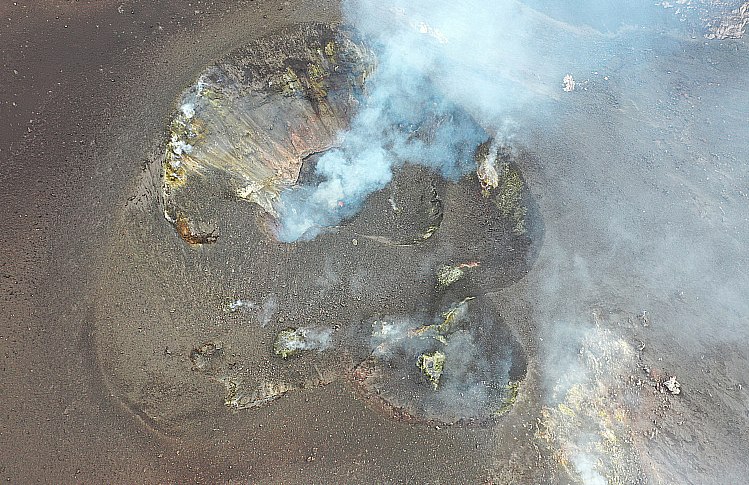We have already presented here "our" research showing how the Stromboli volcano hurls "bombs" of lava and rock at great speed out from its eruptive vents (here is the link). During Strombolian eruptions, the pressure inside the volcano pushes a mix of gas, lava and rock into the volcanic conduit, which is thus accelerated upwards until it is then "shot" out of the eruptive vent, generating the spectacular (but dangerous) explosions which we also document on this site.
In the work presented here, also supported by Project UNO, Laura Spina and other colleagues try to better understand some aspects of what happens in the volcanic conduit during this type of eruption. The material that rises at great speed in the conduit, the so-called "volcanic jet", triggers turbulence that transmits vibrations both underground (seismic signals) and in the surrounding atmosphere (acoustic signals). It's a bit as if the volcano made its vocal cords vibrate during the eruption. These vibrations are recorded and studied by volcanologists to understand the ongoing eruptive dynamics. But what is the shape of the volcanic conduit? And how this shape affects the propagated signal? We still know very little about this, as direct measurements are impossible. Laura and her colleagues therefore conducted a laboratory study that mimics the eruptive processes at small-scale. In particular, they investigated the effect of the irregularity of the surface of the duct, and the results obtained show that this aspect controls the amplitude of the seismic and acoustic signals as well as the speed of the ascending "jet". This helps us understand the link between the observation on the surface and what happens deep inside the volcanic conduit. Thank you guys!


